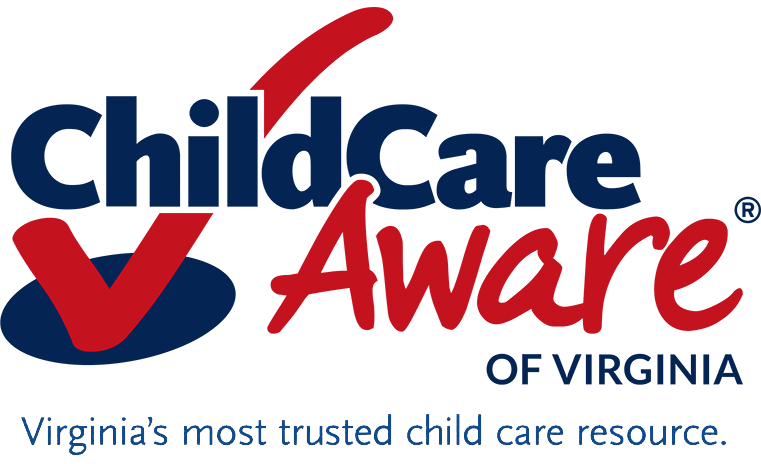
While parents are at work providing for their families, they should feel at peace knowing their child is in a safe, nurturing learning environment. Quality early childhood experiences are essential to healthy development of communication, critical thinking, and decision-making skills. Finding a great program allows your children the opportunity to grow, learn and socialize with other children.
 It’s important to note that child care programs are not created equal. Choosing a child care provider is no small task, and it’s not a decision to be taken lightly. It involves research, phone calls, checking inspection records and references, interviews and tours to ensure that the provider you choose offers the safe, quality care that your child needs to thrive. Each family is unique, so be sure that the provider you choose can accommodate your individual needs. As you begin your child care search, use these general considerations to assess the quality of the providers you interview.
It’s important to note that child care programs are not created equal. Choosing a child care provider is no small task, and it’s not a decision to be taken lightly. It involves research, phone calls, checking inspection records and references, interviews and tours to ensure that the provider you choose offers the safe, quality care that your child needs to thrive. Each family is unique, so be sure that the provider you choose can accommodate your individual needs. As you begin your child care search, use these general considerations to assess the quality of the providers you interview.
Licensed or Regulated
Between child care centers, family day homes, individual caregivers, and recreational programs, there are several different types of child care in Virginia (see chart below). Is the child care provider you’re considering licensed or regulated by the state? Licensed child care providers receive twice yearly inspections by the state to ensure they are following regulations, are required to maintain CPR/First Aid certification, and attend continuing education trainings each year based on required hours.
Voluntarily registered family day homes and religiously exempt child care centers are not licensed, but they are regulated by the state. They are not held to the same standards for licensed providers, however they are required to meet basic health and safety standards, and submit to several background checks. Individual caregivers (i.e. a nanny or “babysitter”) are not regulated in any way by the state and are not required to meet even basic health and safety standards.

Group Size and Ratio
Does the program have an appropriate number of adults to children in the room? Children need attention to thrive- for safety reasons and to ensure healthy development. Below is the required ratio for children to adults in licensed child care centers, as well as the point guide for family day homes. Family day homes can care for up to 12 children as long as they adhere to the point system below. One caregiver can care for 16 points and each child counts as a certain number of points depending on their age group. Be sure that the program you consider follows these guidelines.

Safety
Inspect the program’s environment. Is the front door locked and secure? Who is allowed into the building and how are visitors screened? If there are weapons or guns on the premises, are they locked and secured? Are outdoor play areas fenced in? Has the provider taken child-proofing measures to ensure safety? Check for covers on outlets, safety buckles on chairs, and to ensure cleaning equipment and products are out of reach. Don’t be afraid to ask questions and look around! When it comes to your child’s safety, you want to be as thorough as possible.
Your child care provider should also have an established, written, and practiced emergency plan available for you to view. If an emergency were to happen, you will want to know that your child care provider is prepared and that all parents and staff are aware of the plan.
Inspection History
Each licensed child care program in Virginia will receive two annual inspections to ensure regulation compliance. Any parent complaint filed or violation found during a licensing inspection is available to view online. Just visit the Virginia Department of Social Services website to learn more. We always encourage parents to view inspection records as they consider enrolling their child in any program.
 Child Care Aware of Virginia is dedicated to helping parents understand their child care options and locate quality child care in their area. We have a number of resources we’ve developed to help make your decision as easy as possible. As you begin the process of choosing a child care provider, please check out our Choosing Quality Child Care packet. As always, we are here to answer any questions.
Child Care Aware of Virginia is dedicated to helping parents understand their child care options and locate quality child care in their area. We have a number of resources we’ve developed to help make your decision as easy as possible. As you begin the process of choosing a child care provider, please check out our Choosing Quality Child Care packet. As always, we are here to answer any questions.
Additional Resources
To search for child care in your area, visit our online self-search or give our Referral Specialist a call at 1-866-KIDS TLC
Learn more about Virginia’s quality rating system, Virginia Quality
Check out our Instagram for tips and facts about quality child care

